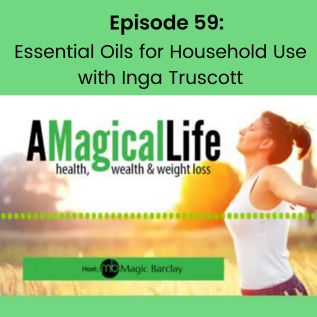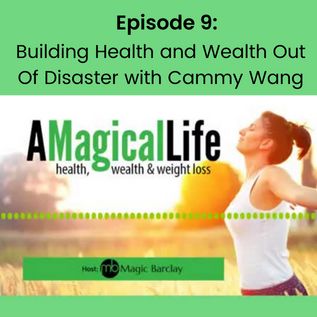Eating Disorders and Body Dysmorphia
Episode 12: Eating Disorders and Body Dysmorphic Disorder
Magic Barclay discusses eating disorders and body dysmorphia.
Listen on SpotifyListen on Apple PodcastsWe discuss eating problems in more detail today thanks to a listener query. Changes in weight are strongly correlated with depressive and/or anxious states. The repercussions of eating disorders on the body might last a lifetime.
Anorexia nervosa: a disturbance in body image as well as an unwillingness to maintain body weight and an intense fear of gaining weight. Anorexia frequently begins with a diet and as a response to perfectionism, a drive for high achievement, or stressful occasions like a wedding can make the person need a sense of control.
Bulimia nervosa: a pattern of bingeing and purging accompanied by unsuitable coping mechanisms such laxatives, forced vomiting, and enemas. The purpose of binge eating is to increase seratonin levels, however the enjoyment of eating is replaced by the enjoyment of purging.
Binge eating disorder: A urge to eat quickly and covertly until one is uncomfortably full and repulsed by oneself is known as binge eating disorder. A VLCD (very low calorie diet) can cause binge eating disorder, which does not involve the compensatory behaviours that define bulimia.
Body dysmorphia: I experience this disorder personally. I am unable to recognise my body for what it is. I was unable to recognise how frail I was feeling before my wedding. I had no idea of what my body should look like when I was pregnant and gained three times as much weight.
Food Addiction
Food addiction is characterised by a both physical and mental reliance on foods that calm emotional responses and is conditioned by psychological trauma and the use of food as a reward. Psychological trauma draws people in. Other creatures simply do not create or give meaning to the world the way people do. Before interpreting it to signify something it is not. Food, alcohol, nicotine, chemicals, or even an emotional reaction can all breach the blood-brain barrier and cause addiction.
Phases of addiction include:
- Experimental, which is characterised by a desire to try new things but is not a habit
- Recreational, which is characterised by the development of regular patterns of usage and social integration
- Early addiction: Regular usage leads to regular abuse. Relationships and employment suffer, and the user may retreat and grow agitated when asked about their dependency.
- Full dependence: A self-destructive stage where the substance comes first in the user’s life.
There is a reward system in addiction. In response to a stressor, the substance gives a sense of comfort, which feeds addicted behaviour, which leads to shame and depression, which is another stressor.
According to a 2008 rat study, sugar stimulates opiate receptors similarly to cocaine.
The most important lesson from today is this: try your best to live your life with acceptance and tolerance, even if you don’t have one of these terrible conditions. You are unaware of the struggles of others. Find something to be thankful for each day that you can do. Do not base your day and value on how you look.
We hope that today’s discussion on eating disorders and body dysmorphia was interesting for you.
Please share this episode with anyone who may have body dysmorphic disorder or who has ever struggled with an eating issue. Let’s get the conversation going. Let’s begin helping those struggling with these problems.
To hear upcoming episodes of our podcast and subscribe or leave a review, click here. Do you have any other thoughts on this? If so, please post a remark below.



